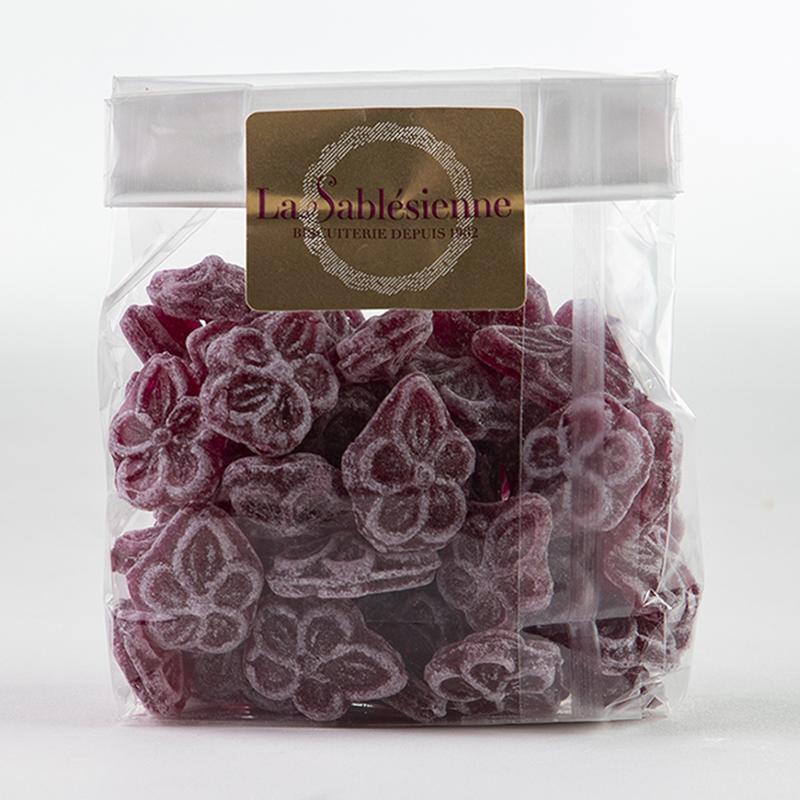Add Your Heading Text Here
The product
Star of the traditional confectionery, the Berlingot is recognized by its pyramidal shape and of different colors, streaked with white. Small greed that we never tire of tasting at any age!
Net weight 150g

The recipe

Berlingot candy
Berlingot candies are traditional French confectionery recognizable by their often triangular shapes and bright colors. They are an integral part of French gastronomic heritage.
Of Italian origin, berlingots take their name from the Italian word “berlingozzo”, a type of pastry and therefore a symbol of delicacy. Berlingots arrived in France during the Renaissance, probably imported by Catherine de Medici when she married King Henry II of France.
However, it was during the reign of Louis XIV that their popularity really became established. At that time, sugar consumption was still a luxury, reserved for the wealthy classes. Berlingots, with their bright colors and softness, were a sign of wealth and refinement. At this time, confectionery techniques improved, notably thanks to the supply of refined sugar from the French colonies, facilitating the production of confectionery such as berlingots and therefore their distribution.
The cartons are visually appealing with their varied colors and distinct shapes, reflecting the importance of aesthetics in the French art of living. France has a long tradition of confectionery and pastries, where presentation and taste play a crucial role. Berlingots are part of this tradition of seeking culinary and visual perfection.
Sweets, including cartons, are often associated with moments of sharing and conviviality, essential elements of the French art of living.
Berlingots developed in different regions of France, each region bringing its particular touch. For example, the Carpentras berlingot is particularly famous and has a strong local tradition.

























